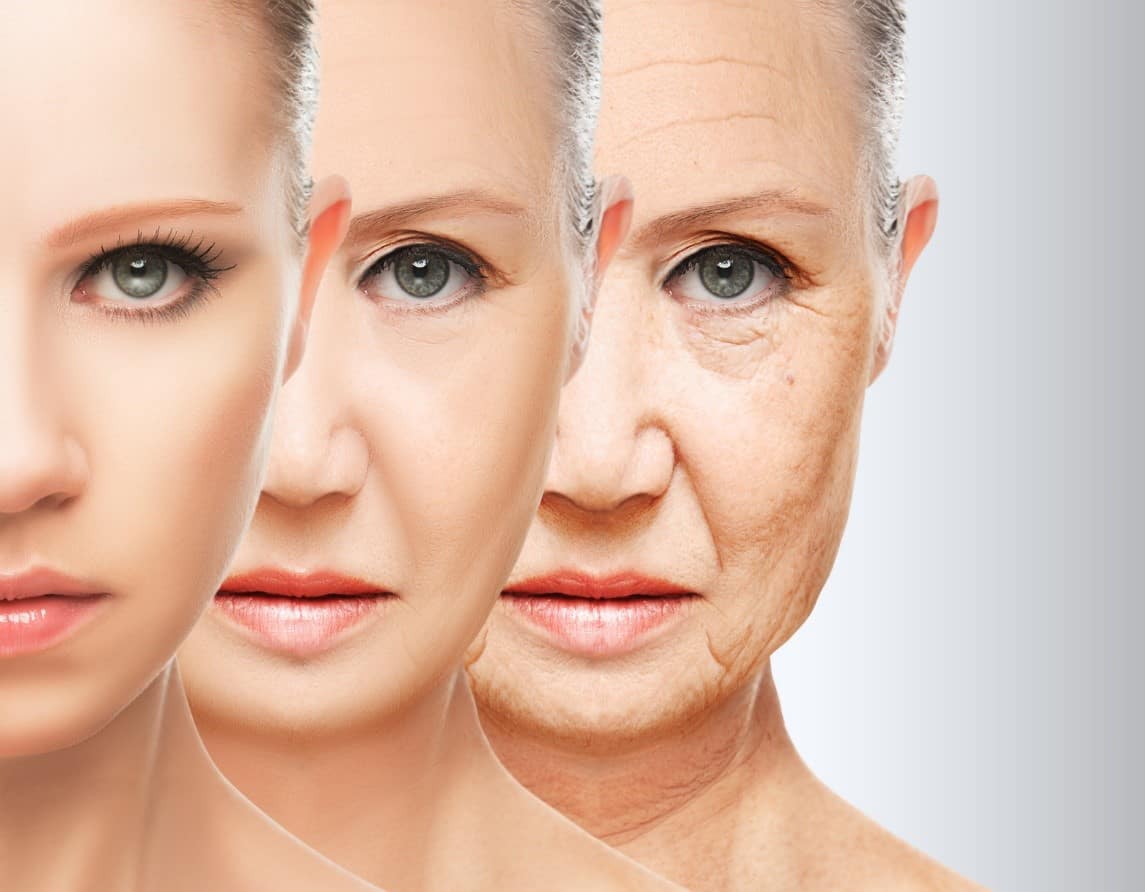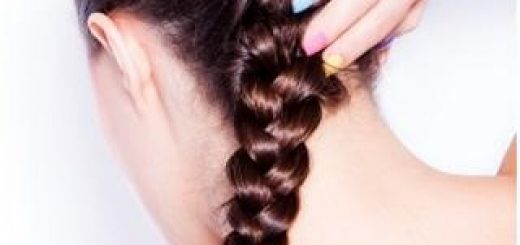How our skin changes as it ages
Ageing is inevitable and so is the effect it has on our skin. We are at the mercy of things like wind, cold weather, sun rays and our own diet and lifestyle. However, that doesn’t mean there’s nothing we can do to help keep our skin supple and fresh. How well your skin ages will depend a great deal on things like lifestyle choices, genetics and skincare regimens. Other factors include sun exposure, pollution and the natural loss of subcutaneous support between the skin and muscles. How much you make different facial expressions, stress, gravity, your weight and how you sleep all have an impact too.
Here are some examples of the changes that can happen as your skin ages:
Skin can develop lesions, like benign tumours for example
The skin becomes more transparent as the surface layer of skin, called the epidermis, thins with age
Skin gets slacker as the elastin lessens in the skin causing it to hang more loosely
The skin also becomes more fragile, which is caused by a flattening of the area where the epidermis and lower level dermis meet together.
It is possible to become bruised more easily as the blood vessel walls start to thin
Here are examples of some of the changes that take place under the skin when we age:
We might experience a loss of fat under the skin of the cheeks, nose, chin and temple area. This can result in a sunken look and loosening skin.
We can also experience a degree of bone loss under the skin, especially around the mouth and chin areas. This can often cause puckering around the mouth to appear, normally in those aged over 60. But don’t worry, as there’s always Gloucester Botox by doctorkate.co.uk/gloucestershire-botox-treatments
Loss of cartilage in the nose can also cause the tip to droop which accentuates the bony parts of the nose.
Be careful in the sun
One of the biggest issues facing the ageing of your skin is exposure to sunlight. We all love being out in the sunshine, but those UV rays can damage the stretchy fibres in your skin known as elastin. This damage to the elastin causes skin to stretch, droop and lose its ability to stay taut and smooth. Skin also becomes more easily torn or bruised, taking much longer to heal. Sun damage doesn’t always show up when you’re young and carefree but could come back to haunt you in later life.
Whilst it’s impossible to completely overturn the damage caused by UV rays, the skin can sometimes repair itself. It’s never too late to start protecting your skin from the sun and potential risks of skin cancer. To prevent the extreme effects of ageing caused by the sun, remember to stay in the shade or make sure you’re covered up with sleeves, a hat and regular top-ups of high factor sun cream.










